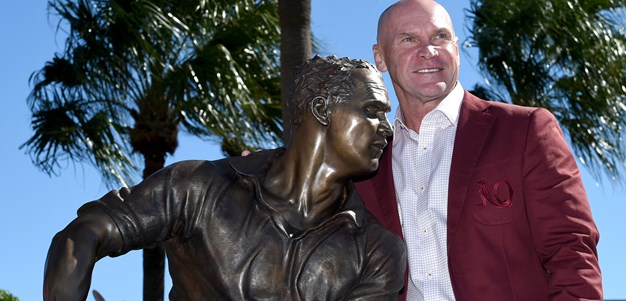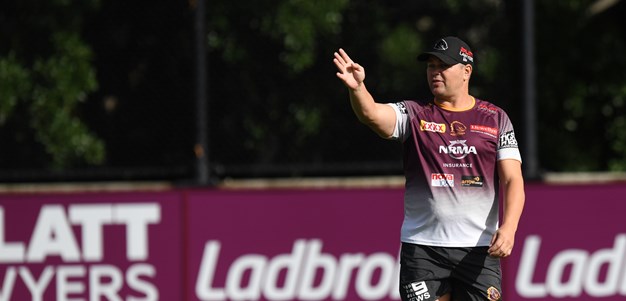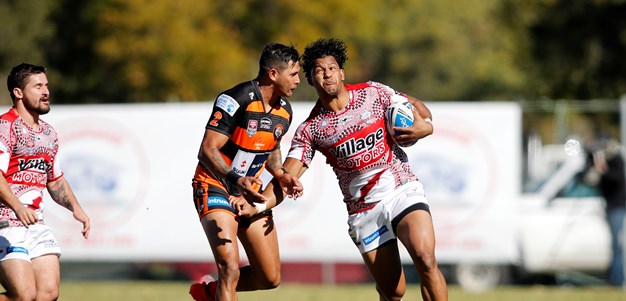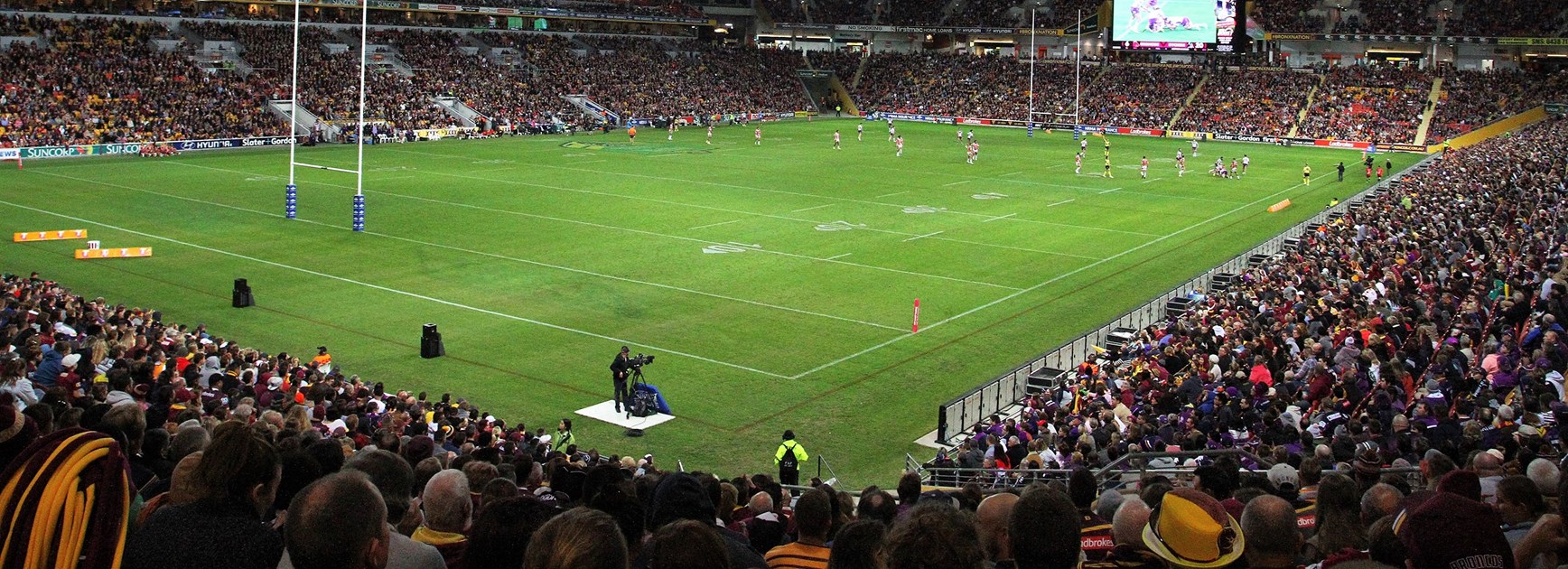
NRL rules that permit clubs to sign just 30 players to their top squad and six development players have paved the way for a second Brisbane team, according to Western Corridor NRL bid chairman Steve Johnson.
Johnson, who has headed up the Ipswich-based bid since 2008, told NRL.com the argument that there wasn't enough talent in the game to sustain extra NRL teams did not hold water.
"There has always been the argument that there wasn't enough talent to support new clubs but what the NRL have done is create an opportunity for expansion to become undeniable because previously clubs could stockpile talent and sign 40-odd players or more," Johnson said.
"Now the NRL has gone to a 30-player top squad list and six development players. When there are less players signed to existing NRL clubs it means there are a pool of talented players that have to go somewhere.
"I have never believed we've had a lack of talent in the game, just a lack of opportunity, and the current situation highlights that with less players given a chance. The logical solution is to expand the game."
Johnson said many of those players in Queensland who miss out on NRL contracts are also on train and trial deals with clubs but end up playing the season with their respective Intrust Super Cup clubs.
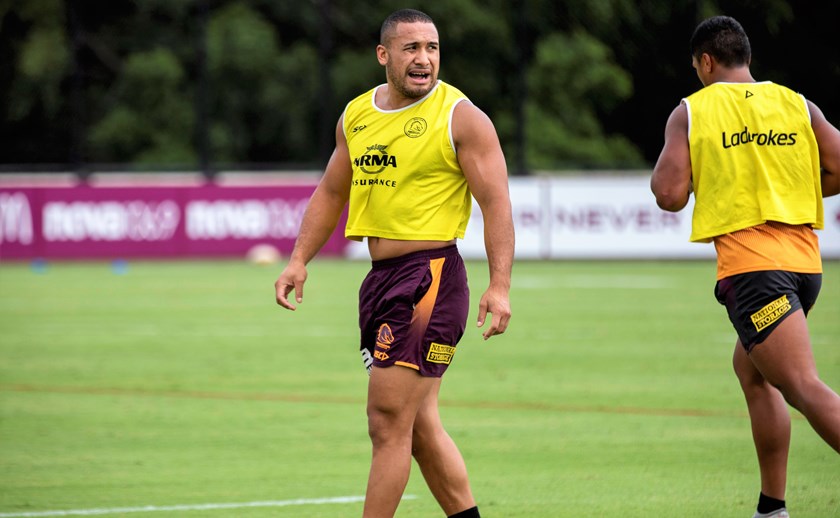
Expansion and the need for a second Brisbane team was a hot topic when NRL CEO Todd Greenberg visited the Queensland capital for The Courier Mail season launch on Monday.
"I think it would be a very fair assessment that Brisbane would be a very prime candidate for any discussion we have about the structure of the competition," Greenberg said.
"What I can tell you is that by the end of the year we will have done an enormous amount of work on the structure of the competition, the footprint of the competition and what looks best when we take it to the next broadcast deal.
"We are still four years away from that but that sort of work needs to be done now for what is ahead. We need to be very careful, very strategic and very considered about what we do, and whether we bring in one more team or one more game. Those are very different conversations but have huge monetary considerations for us to think through."
On the basis of playing numbers, Johnson said there had been "considerable research" done by the groups that were bidding for NRL licenses from 2008 until 2013, and ongoing communication with former NRL CEO David Gallop.
"Queensland remains the heartland of rugby league and the same situation still exists where Queensland has 45% of the playing numbers in rugby league in NSW and Queensland," he said.
"As we have only three of the 14 sides based in Queensland, NSW and the ACT, we get 20% of the NRL funding, so we are totally under-represented.
"It is far easier for NSW clubs to look after their own patch because they get a bonus 20% of funding that we don't get here in Queensland."
Former Channel Nine boss David Gyngell, who was in dialogue with Johnson at the time, also went on the record several times to advocate for a second Brisbane team.
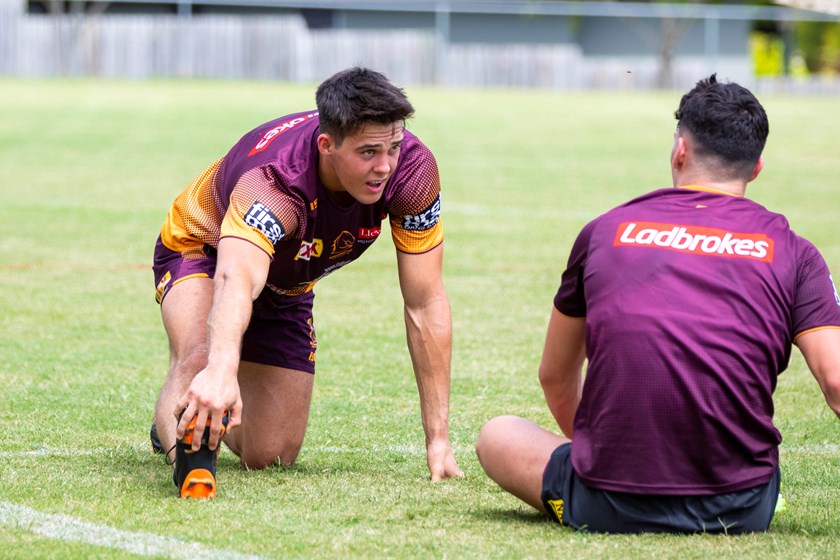
"David was very vocal and supportive of a second side playing out of Suncorp Stadium because of his research in to viewing audiences and because of the Queensland sides dominating ratings, particularly the Broncos, so for him a second Brisbane side was simply a no-brainer," Johnson said.
"David didn't want to create a bidding war against himself but he was very vocal that the TV rights were worth much more if there was a second side playing out of Suncorp Stadium."
Johnson, who said Perth was the logical choice for an 18th team, conceded the "welfare aspect" of players was paramount in any move to expand the game and as a result he put forward a 22-round conference model where three conferences of six teams would play each other twice and the rest of the competition once. That resulted in more content for broadcasters with 198 games per season compared to the current 192, but less games for players.
"We put up some conference models that ensure clubs play less games than they currently do to satisfy the demands of player welfare and the extra content demanded by broadcasters," Johnson said.
"The proposal was to split the competition up into three conferences which strategically allows you to create rivalry rounds. In Sydney sides like Parramatta, Wests Tigers, Penrith and the Bulldogs would all get to play each other twice.
“In Queensland you'd have the four Queensland clubs and bring the Melbourne Storm and another club into the conference for those big theatre games."


